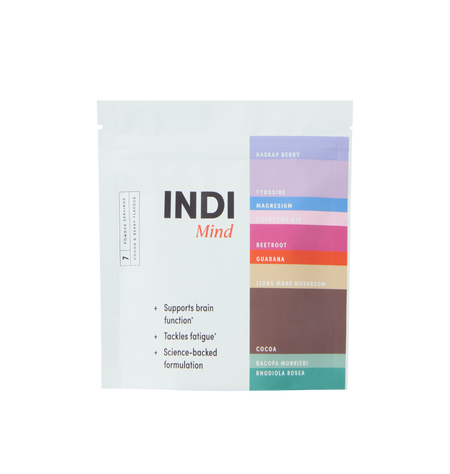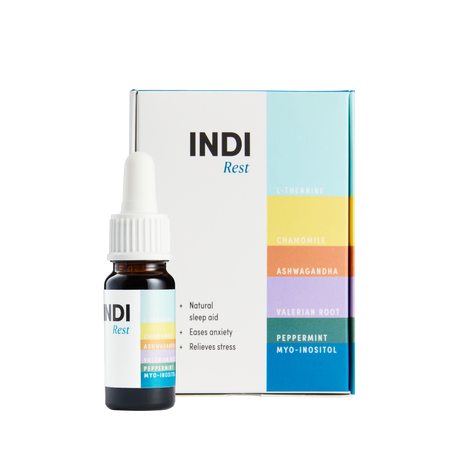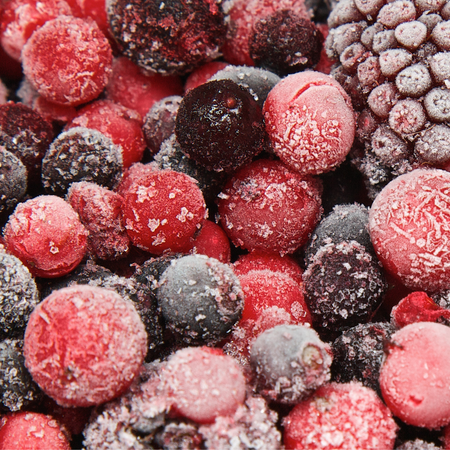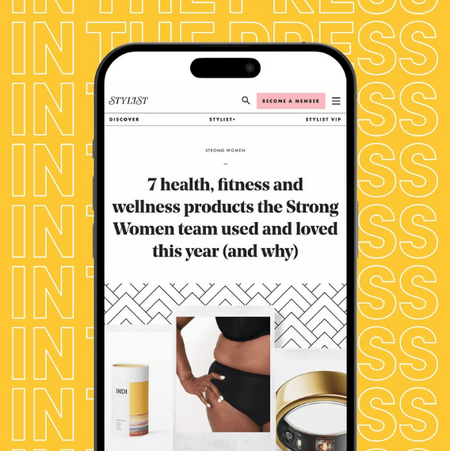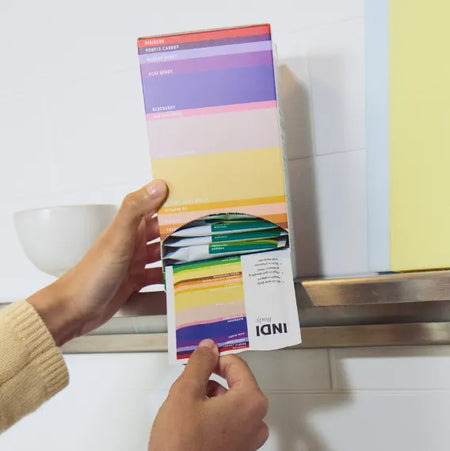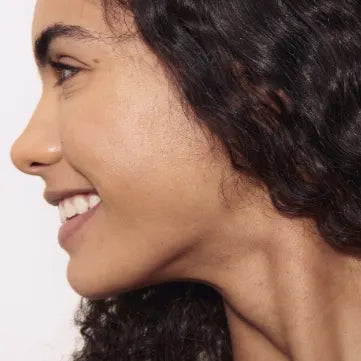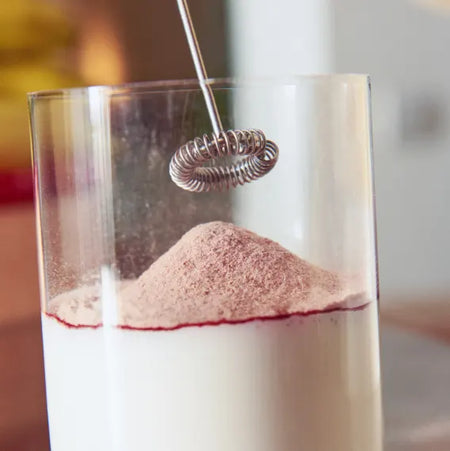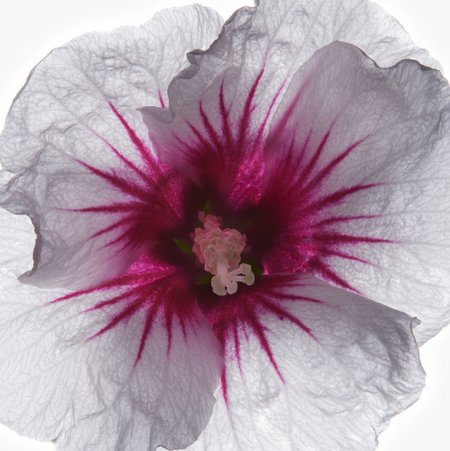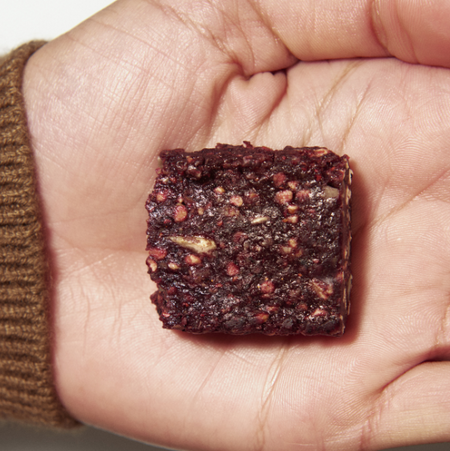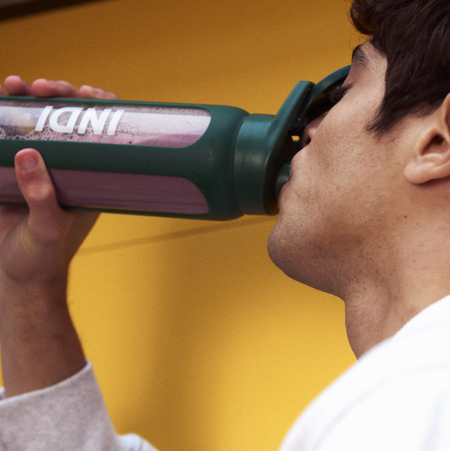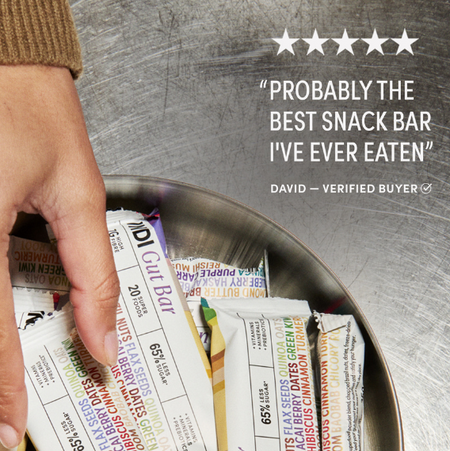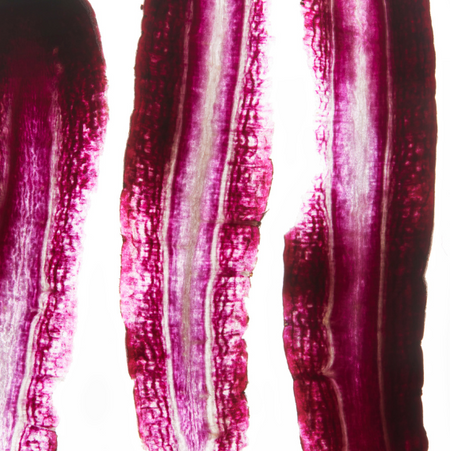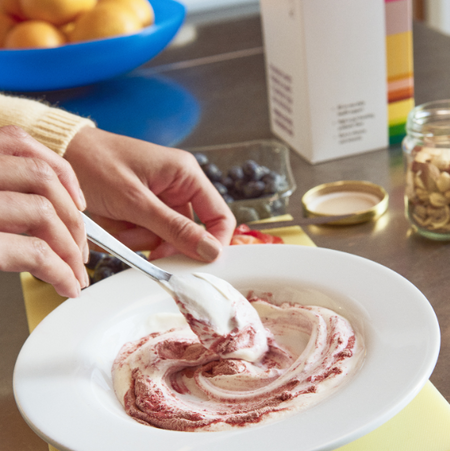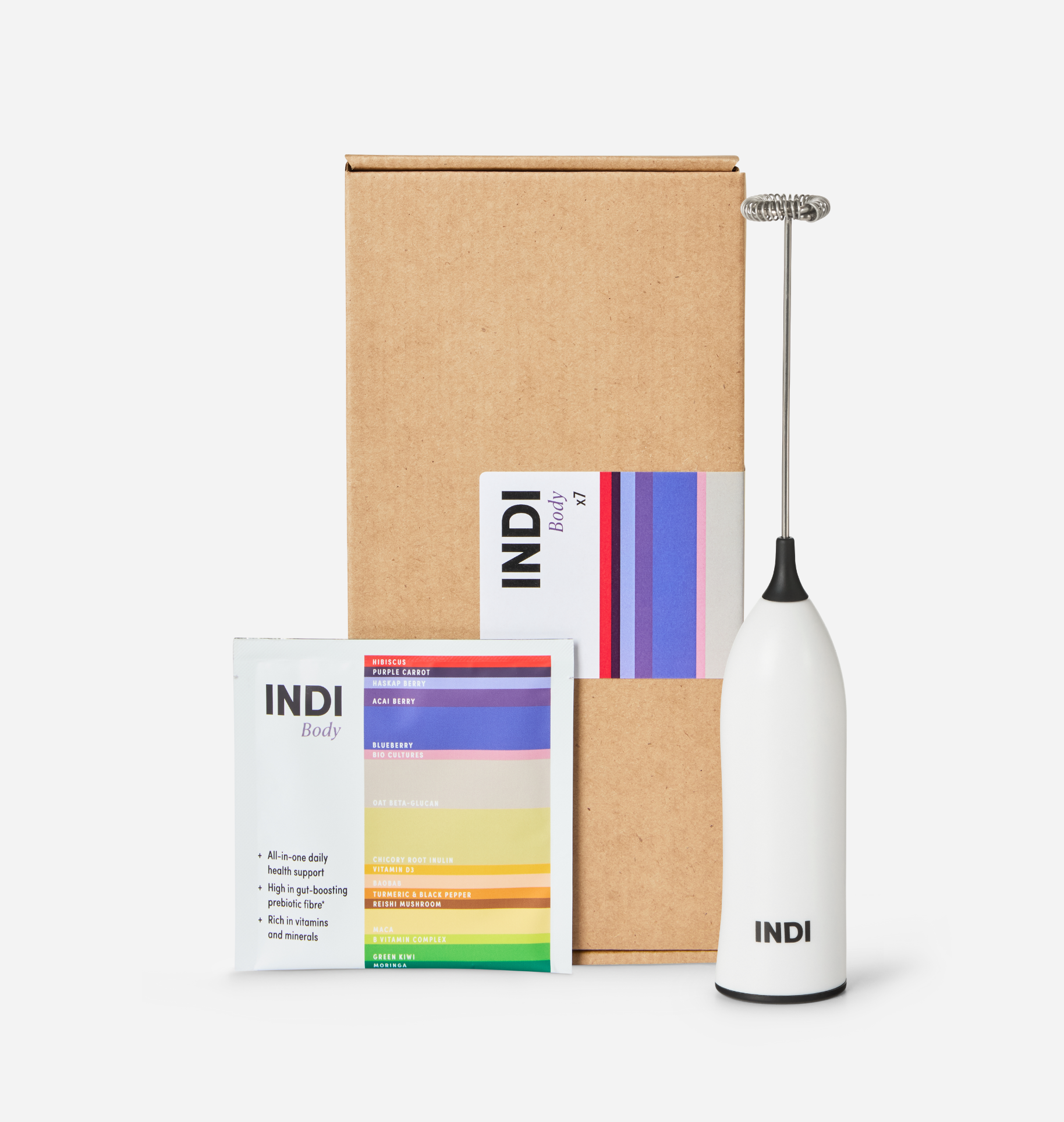A guide to snacking
In light of the launch of our Gut-Boosting Gut Bar, we quiz our favourite scientist Dr Federica Amati PhD ANutr on everything you should know about snacks—when to have them, what to have and how to eat them.
IS IT OK TO SNACK BETWEEN MEAL TIMES?
It really depends on what a ‘snack’ means to you. It’s best to eat when you feel hungry, but think of snacks as mini-meals and an opportunity to add nutritious foods to the day. Ideally, we can make our meals filling and nutritious, but with 9 out of 10 of us snacking at least once a day, it’s worth working out what snacks are best for us. Most of us reach for ready-made snacks like rice cakes, cereal bars and biscuits when we feel a bit peckish. What makes these snack foods particularly unhelpful to our health is their lack of beneficial fibre and nutrients and excess added sugars and ultra-processed ingredients. These foods can result in spikes in our blood sugar and blood fat levels, which can then cause big blood sugar crashes leaving us feeling hungrier. Not only are we likely to feel hungry after these snack foods, but we are also likely to feel sluggish as a result and reach for more high-energy foods to compensate.
IS THERE A RIGHT TIME TO SNACK?
There is no ‘best time’ to snack but it is a good idea to give your body a break from digesting food overnight for about 14 hours. Try to have food in your ‘eating hours’, say between 8am and 6pm. If you fancy something sweet, it’s best to have it after some savoury, fibre-rich food at the end of a meal for example, instead of on an empty stomach. As I mentioned above, it’s best to eat when you are hungry and I would always recommend listening to your body and what it needs. Choose foods that you feel like you want to eat—this can be a square of dark chocolate, a bowl of warm soup or a banana with peanut butter. Food should always be nourishing for the body or the soul, preferably both!
WHAT ARE YOUR GO-TO SNACKS?
I treat snacks as mini-meals, usually if I’m out all day or not able to have lunch as usual. I opt for foods that will add a diversity of plants to my day so vegetable sticks and hummus, nut butter on rye bread, avocado on toast or walnuts and dried apricots. Also consider foods that act as a probiotic, for example, natural yoghurt or kefir, sauerkraut on toast or miso soup. I love mixing Indi Body with kefir—a whole food supplement which contains 12 plants. It provides a practical solution to adding more fibre, polyphenols and probiotics to your diet. It’s nutritious, filling and it tastes good! When I’m on the go, the Indi Gut Bar is a new firm favourite.
WHAT ARE YOUR TIPS TO AVOID UNHEALTHY CRAVINGS?
Craving sugary foods is usually linked to a blood sugar dip following a sugar-rich meal. Making sure our main meals are rich in fibre, protein and whole foods, particularly choosing whole grains is a great way to make sure we are nourished and don’t feel hungry every few hours.
CAN I STILL INCORPORATE GUILTY PLEASURES?
I think there are two things to consider here. Be mindful of when you are likely to indulge and help your body deal with that by making sure to have some green vegetables with a handful of nuts or seeds before enjoying your treats. By eating whole food—and especially fibre from plants—before eating processed snacks, we are less likely to overeat the snacks when we have them. Secondly, when enjoying treats, try to notice the flavour, texture and memories they bring—be mindful about eating each snack as this will increase enjoyment and likely reduce mindless munching.
Gut Bars
from £20.00
A delicious, chewy, nutty, daily hit of gut-boosting greatness. 12x 35g per box.


